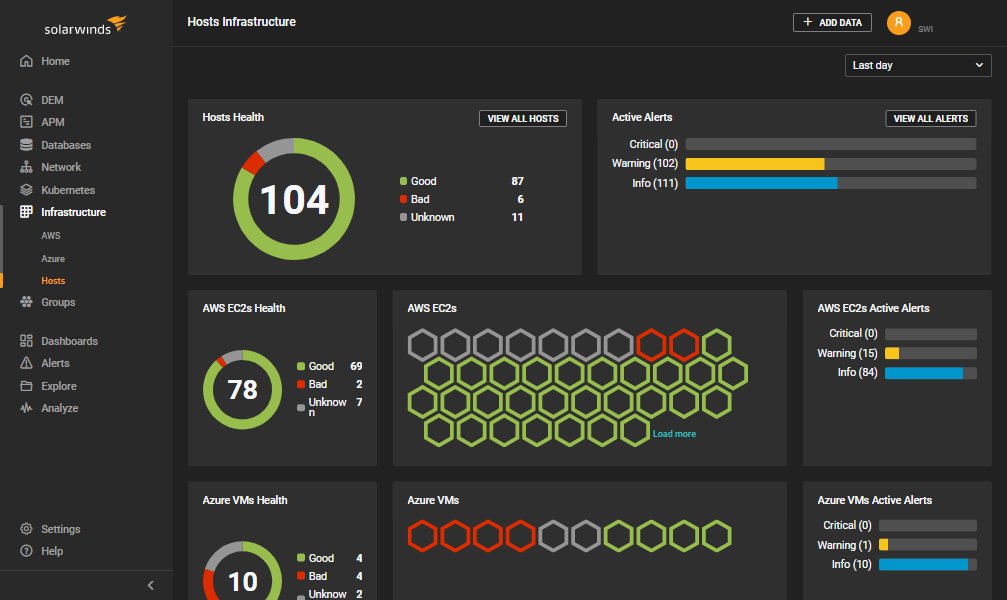Chart showing how utterly Facebook has destroyed MySpace

 And now for something short and sweet, or bittersweet if you worked at MySpace back in 2006-2007 when the social network was still going strong.
And now for something short and sweet, or bittersweet if you worked at MySpace back in 2006-2007 when the social network was still going strong.
To say that Facebook stole MySpace’s thunder in those years is probably the understatement of the decade. By the end of 2008, the social media focus (and mindshare) had already shifted away from MySpace to Facebook in a massive fashion. A picture is worth a thousand words, or in this case, a chart.






 After more than six million performed tests, we thought it was time to give version 1.0 of our popular Full Page Test in Pingdom Tools a well-earned break. Actually, we’re giving it a full retirement, umbrella drinks and sunny beaches included. But don’t worry,
After more than six million performed tests, we thought it was time to give version 1.0 of our popular Full Page Test in Pingdom Tools a well-earned break. Actually, we’re giving it a full retirement, umbrella drinks and sunny beaches included. But don’t worry, 
 The Internet’s favorite top-level domain is close to hitting a huge milestone. The .com domain is now on the brink of reaching 100 million registered domain names. It’s a real triumph for what is already by far the world’s largest top-level domain – it accounts for around 45% of all domain names.
The Internet’s favorite top-level domain is close to hitting a huge milestone. The .com domain is now on the brink of reaching 100 million registered domain names. It’s a real triumph for what is already by far the world’s largest top-level domain – it accounts for around 45% of all domain names. In October, Windows 7 usage has for the first time surpassed Windows XP usage globally according to statistics from
In October, Windows 7 usage has for the first time surpassed Windows XP usage globally according to statistics from 
 At the recent
At the recent  Have you ever asked yourself, “what if?”
Have you ever asked yourself, “what if?”
 Our server infrastructure has a lot of work to do, it’s quite a busy bee. When you monitor the uptime and response time of as many websites and servers on the Internet as we do, and do it on a continuous basis, the numbers quickly add up. Just for fun, we thought we’d share some of these numbers with you.
Our server infrastructure has a lot of work to do, it’s quite a busy bee. When you monitor the uptime and response time of as many websites and servers on the Internet as we do, and do it on a continuous basis, the numbers quickly add up. Just for fun, we thought we’d share some of these numbers with you.


 Remember
Remember  In just a couple of years,
In just a couple of years,  China is not only the largest nation on the planet, these days it’s also by far the largest on the Internet (which wasn’t always the case). It has twice as many Internet users as the United States. And it’s only getting started.
China is not only the largest nation on the planet, these days it’s also by far the largest on the Internet (which wasn’t always the case). It has twice as many Internet users as the United States. And it’s only getting started.



















